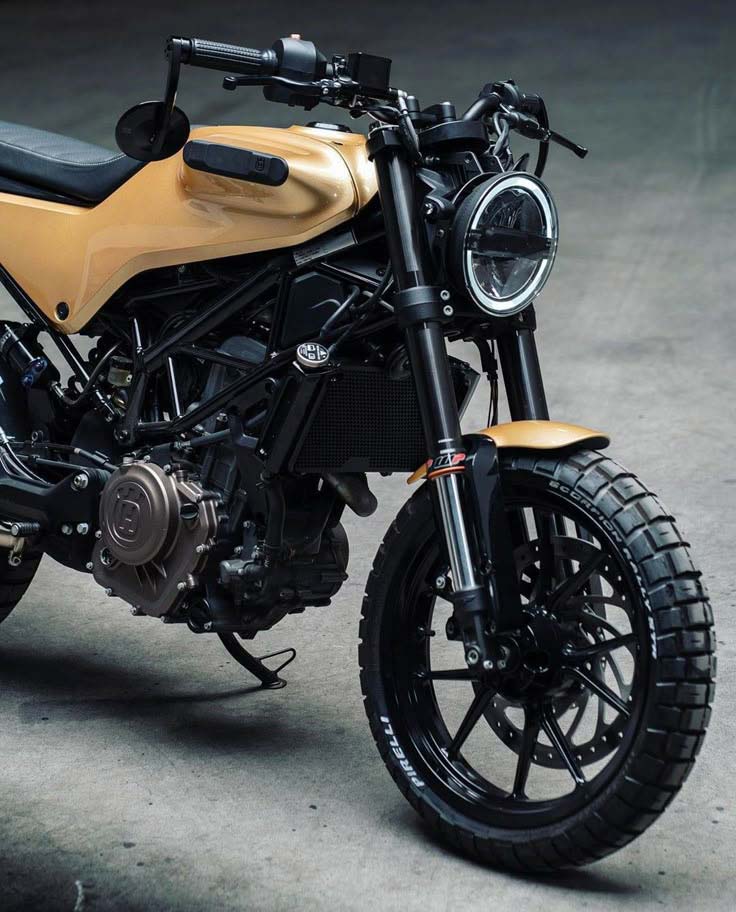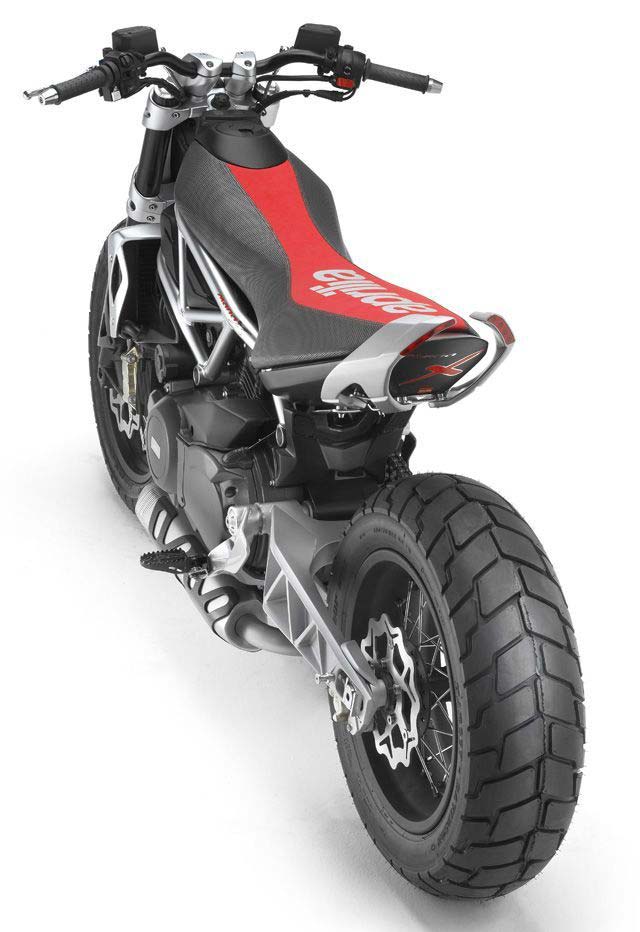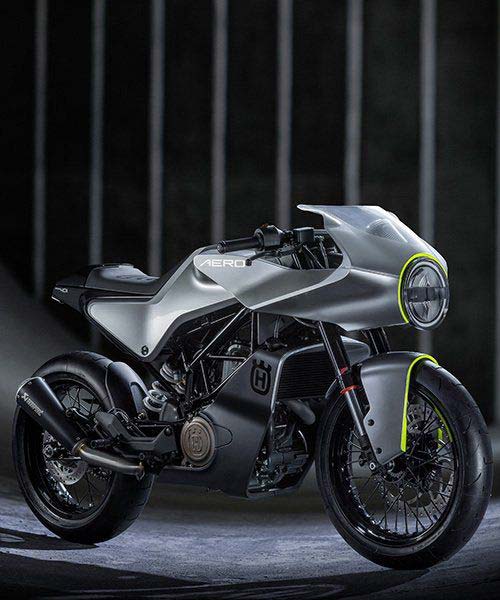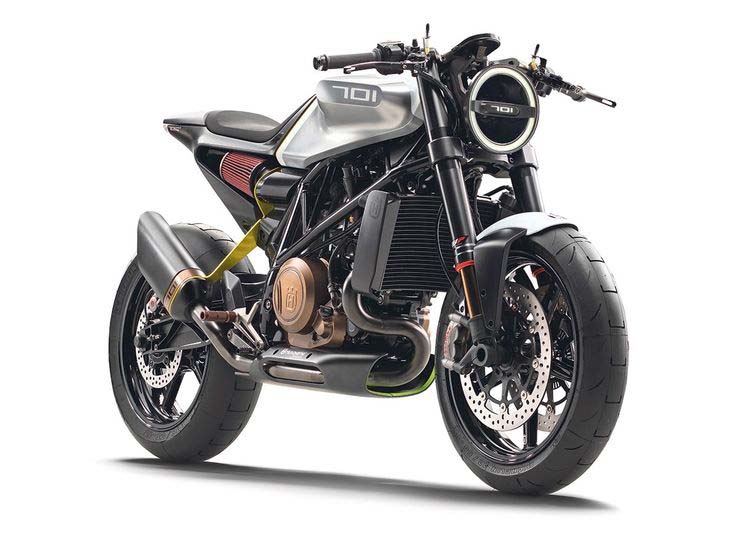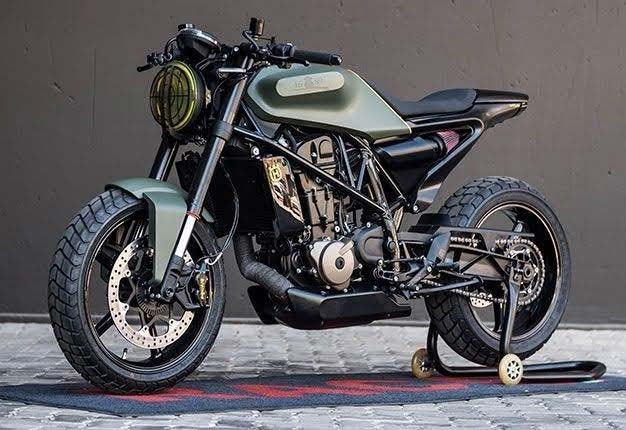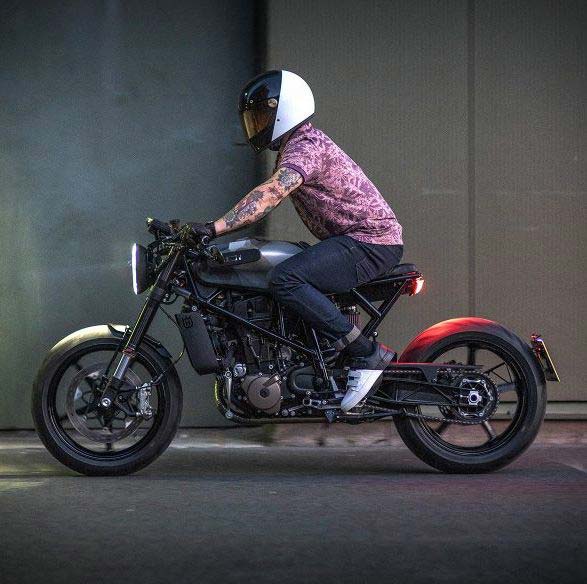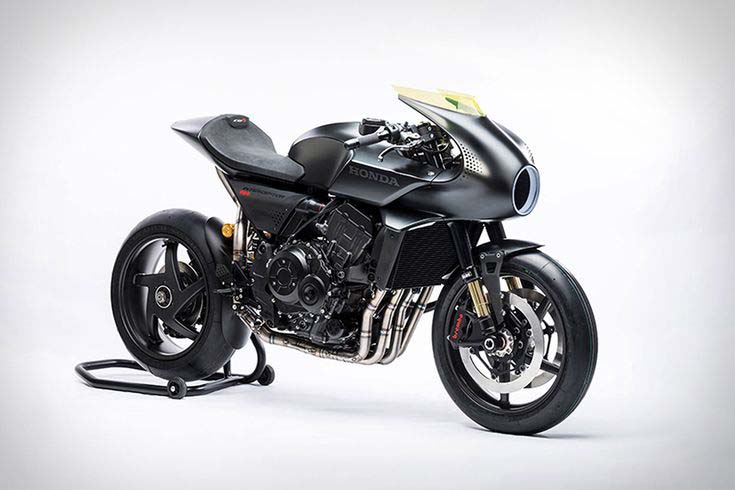Minimalist Cafe Racer & Neo-Retro Styling: The Timeless Appeal of Vintage-Inspired Motorcycle Design
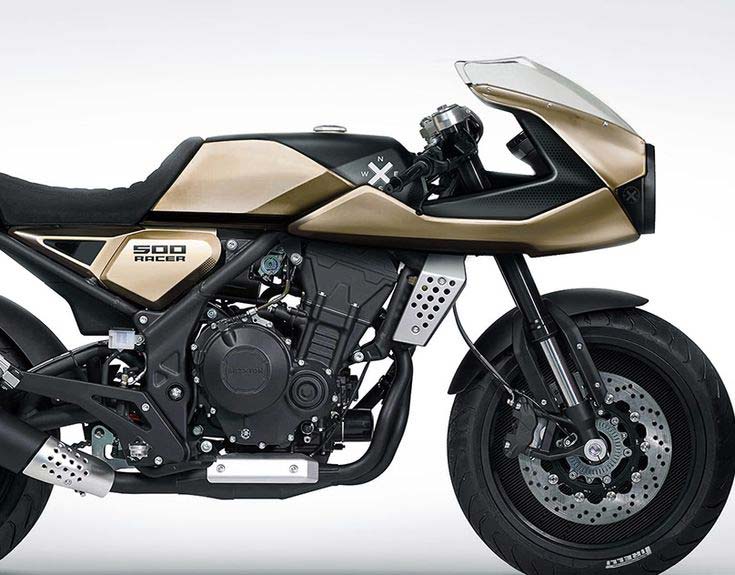
Introduction:
Motorcycle design trends have always been fluid, with styles evolving and merging over time. One of the most enduring and popular trends in recent years is the resurgence of minimalist cafe racers and neo-retro styling. This design movement blends the spirit of vintage motorcycle culture with modern performance, resulting in sleek, stripped-back bikes that embody both nostalgia and innovation. The cafe racer style, rooted in the 1960s British motorcycle scene, has evolved into a global phenomenon that continues to captivate riders, designers, and enthusiasts alike.
In this blog post, we’ll explore the minimalist cafe racer and neo-retro styling trends, looking at what makes them so appealing, how they combine modern and classic elements, and how these design principles are shaping the motorcycles of today and tomorrow. Whether you’re a seasoned motorcyclist or a design enthusiast, understanding this trend provides insight into how old-school aesthetics and cutting-edge performance can coexist.
What is Minimalist Cafe Racer & Neo-Retro Styling?
- Minimalist Cafe Racer: The cafe racer is a type of custom motorcycle that emerged in the 1960s, particularly in the UK. It was built by enthusiasts who modified their road bikes to achieve better speed and performance on the streets, often for racing between cafes—hence the name “cafe racer.” These motorcycles were stripped down to reduce weight and typically featured low handlebars, a crouched riding position, and a more aggressive, streamlined aesthetic.
The minimalist approach in cafe racer design focuses on simplicity and function. Bikes are stripped of unnecessary components, such as bulky fenders or excess bodywork, leaving only the essentials: a lightweight frame, an efficient engine, and sharp, clean lines.
- Neo-Retro Styling: Neo-retro motorcycles combine retro design elements with modern technology. These bikes draw inspiration from classic styles like cafe racers, cruisers, and sportbikes from past decades, while incorporating modern materials, engineering, and performance capabilities. Neo-retro styling is characterized by a blend of vintage aesthetics and contemporary components, resulting in motorcycles that evoke nostalgia while offering the benefits of modern performance, safety, and reliability.
Together, minimalist cafe racer and neo-retro styling are two sides of the same coin, focusing on simplicity, nostalgia, and the pursuit of performance, all while celebrating the past and embracing the future of motorcycling.
The Appeal of Minimalist Cafe Racer and Neo-Retro Design
The minimalist cafe racer and neo-retro styling trends appeal to a wide range of motorcyclists, from those who admire classic design to those looking for performance with a sense of nostalgia. Several factors contribute to their enduring popularity:
- Simplicity and Focus: Minimalist cafe racers emphasize clean, functional designs that strip away excess. For many riders, this approach reflects a desire for simplicity and purity in both style and function. The streamlined, no-frills look of these motorcycles speaks to those who value form that follows function.
- Timeless Aesthetic: Retro design has a timeless appeal. The vintage look evokes a sense of adventure and freedom associated with past eras, especially the 1960s and 1970s. For many riders, cafe racers symbolize rebellion and individualism, capturing the essence of a bygone motorcycle culture.
- Customizability and Personal Expression: Cafe racers, in particular, are often seen as blank canvases for custom builders. Enthusiasts enjoy modifying their bikes to reflect personal style, whether through paint jobs, seat designs, or engine modifications. Neo-retro bikes, while typically more polished, also offer room for customization, allowing modern performance to blend with nostalgic aesthetics.
- Nostalgia Meets Innovation: Neo-retro motorcycles combine the best of both worlds—modern performance and retro styling. These bikes appeal to riders who appreciate vintage aesthetics but also want the benefits of modern engineering, such as better fuel efficiency, more advanced safety features, and higher performance capabilities.
Key Elements of Minimalist Cafe Racer and Neo-Retro Styling
Both minimalist cafe racers and neo-retro motorcycles share several key design elements that define their distinct styles:
- Sleek, Stripped-Down Bodywork: One of the core elements of cafe racer design is the minimalistic bodywork. Bikes typically feature a slim, clean frame with minimal fairings and body parts. The goal is to reduce weight while creating a sharp, athletic appearance.
- Low Handlebars: Cafe racers often feature low, “racer-style” handlebars like clip-ons or clubman bars, which allow for a crouched, aggressive riding posture. This setup enhances speed and maneuverability, though it also adds to the bike’s vintage look.
- Custom Seats: Custom, low-profile seats are common on cafe racers, often built with leather or padded materials for both comfort and style. These seats help maintain the bike’s minimalist aesthetic while ensuring comfort for riders.
- Retro Paint Schemes and Graphics: Retro-inspired paint jobs and graphics often include bold stripes, classic racing numbers, or custom logo designs that pay homage to motorcycles from past decades. These touches of nostalgia are an integral part of the neo-retro look.
- Modern Technology with Retro Aesthetic: Neo-retro motorcycles often incorporate modern technology—such as advanced suspension systems, digital displays, and improved engines—while retaining the classic styling cues that evoke the past.
- Wheels and Tires: The wheels and tires on both minimalist cafe racers and neo-retro bikes often reflect vintage designs, such as spoke wheels or retro-inspired rims, which add to the overall throwback look. The tires are typically wider for improved grip and performance, offering a blend of vintage style with modern capabilities.
How Modern Technology Enhances Retro Design
While the cafe racer and neo-retro trends are deeply rooted in vintage design, modern technology has made significant contributions to enhancing both the performance and functionality of these bikes:
- Advanced Engine Technology: While many cafe racers use older engines, modern cafe racers and neo-retro bikes often feature more efficient, reliable, and powerful engines. Manufacturers now produce retro-inspired motorcycles with modern engines that meet contemporary performance standards while retaining vintage aesthetics.
- Improved Suspension and Handling: Modern suspension systems are a crucial upgrade to the traditional cafe racer. The introduction of advanced suspension technology ensures better handling, smoother rides, and more precise control, especially on rough roads or in high-speed situations.
- Enhanced Safety Features: Neo-retro bikes often incorporate advanced safety features, such as ABS (anti-lock braking system) and traction control. These features, while not typically found on traditional cafe racers, enhance the rider’s safety and control, making modern retro-styled bikes more practical for everyday use.
- Lighting and Electronics: Modern LED lighting systems are now incorporated into neo-retro bikes, providing better visibility and a more efficient energy use than the traditional halogen bulbs found on older motorcycles. Digital displays with customizable readouts for speed, fuel, and engine diagnostics also add a modern touch to these classic bikes.
Case Studies: Iconic Cafe Racer and Neo-Retro Motorcycles
Triumph Thruxton RS:
The Triumph Thruxton RS is a prime example of neo-retro styling, blending vintage cafe racer aesthetics with modern performance. Its classic styling is matched with a powerful, modern engine, advanced suspension, and cutting-edge electronics. The Thruxton RS showcases how retro-inspired designs can incorporate contemporary technologies while maintaining the timeless cafe racer look.
BMW R NineT:
The BMW R NineT is another excellent example of neo-retro design. This motorcycle combines a vintage-inspired look with modern technology, such as a fuel-injected engine and advanced suspension. The R NineT’s minimalist design and retro styling, along with modern handling and performance, make it a popular choice among riders seeking both style and substance.
Yamaha XSR900:
The Yamaha XSR900 features a classic cafe racer-inspired look, with a lightweight design, modern technology, and a powerful engine. The XSR900 is built for those who want the retro aesthetic without sacrificing modern reliability and performance, making it a standout in the neo-retro motorcycle market.
Moto Guzzi V7 III Racer:
The Moto Guzzi V7 III Racer is a stunning example of a minimalist cafe racer. With its clean lines, retro paint scheme, and performance enhancements, the V7 III Racer offers a nostalgic ride with modern-day reliability and performance. This bike is a perfect blend of vintage styling and modern capabilities.
Challenges in Designing Minimalist Cafe Racers
While the minimalist cafe racer and neo-retro trends are visually appealing, there are challenges to incorporating these designs into modern motorcycles:
- Balancing Vintage Aesthetics with Modern Performance: One of the biggest challenges in designing cafe racers and neo-retro bikes is striking the right balance between retro aesthetics and modern performance. Riders expect these motorcycles to deliver cutting-edge performance, while still maintaining the old-school look and feel.
- Customization and Authenticity: Many cafe racers are custom-built, meaning that each design is unique. This level of customization can be time-consuming and expensive, and it requires designers to stay true to the spirit of vintage motorcycles while incorporating modern features and materials.
- Maintaining Comfort and Functionality: While minimalist designs often prioritize style over comfort, ensuring that riders enjoy a comfortable ride without compromising on performance is essential. Designers must carefully consider factors such as seating positions, handlebar setups, and suspension systems to achieve the perfect blend of form and function.
How You Can Incorporate Neo-Retro Styling in Your Work
If you’re a designer or engineer working on motorcycles, here are some tips for incorporating neo-retro styling into your work:
- Focus on the Essentials: Embrace a minimalist approach that emphasizes functional beauty. Keep designs simple but sleek, reducing unnecessary parts without sacrificing the bike’s performance or safety.
- Integrate Modern Technology Discreetly: While retro-styling is crucial, don’t shy away from incorporating modern tech. Use subtle ways to integrate modern electronics, suspension systems, and safety features that enhance performance without distracting from the vintage aesthetic.
- Experiment with Customizable Components: Allow riders to personalize their bikes to reflect their own style. Offering customizable features such as seat designs, handlebar types, and paint schemes can make your motorcycles stand out while staying true to the neo-retro ethos.
- Incorporate High-Quality Materials: Use materials like carbon fiber, stainless steel, and high-quality leather to enhance the authenticity and durability of your designs. These materials can give your motorcycles a premium feel while adhering to the classic aesthetic.
Conclusion
The minimalist cafe racer and neo-retro styling trends have captured the hearts of motorcyclists around the world, offering a perfect blend of nostalgia, performance, and modern engineering. These designs not only honor the past but also embrace the future, allowing riders to enjoy the best of both worlds. Whether through sleek, stripped-back cafe racers or modern neo-retro bikes with updated features, these motorcycles represent a timeless appeal that continues to inspire both riders and designers alike.
As the trend evolves, designers have the opportunity to push the boundaries of motorcycle design, combining vintage looks with cutting-edge technology to create bikes that are both functional and stylish.
References
Triumph, 2023. Thruxton RS: Modern Performance Meets Classic Cafe Racer Style. Available at: www.triumphmotorcycles.com [Accessed 2 March 2025].
BMW, 2022. BMW R NineT: Neo-Retro Performance and Style. Available at: www.bmw.com [Accessed 2 March 2025].
Yamaha, 2022. Yamaha XSR900: Blending Vintage and Modern in Motorcycle Design. Available at: www.yamaha-motor.com [Accessed 2 March 2025].
Moto Guzzi, 2023. V7 III Racer: A Stunning Cafe Racer with Modern Technology. Available at: www.motoguzzi.com [Accessed 2 March 2025].

Introduction The world of motorcycle design is undergoing a revolutionary transformation. As the global demand for sustainable transportation options grows,…
